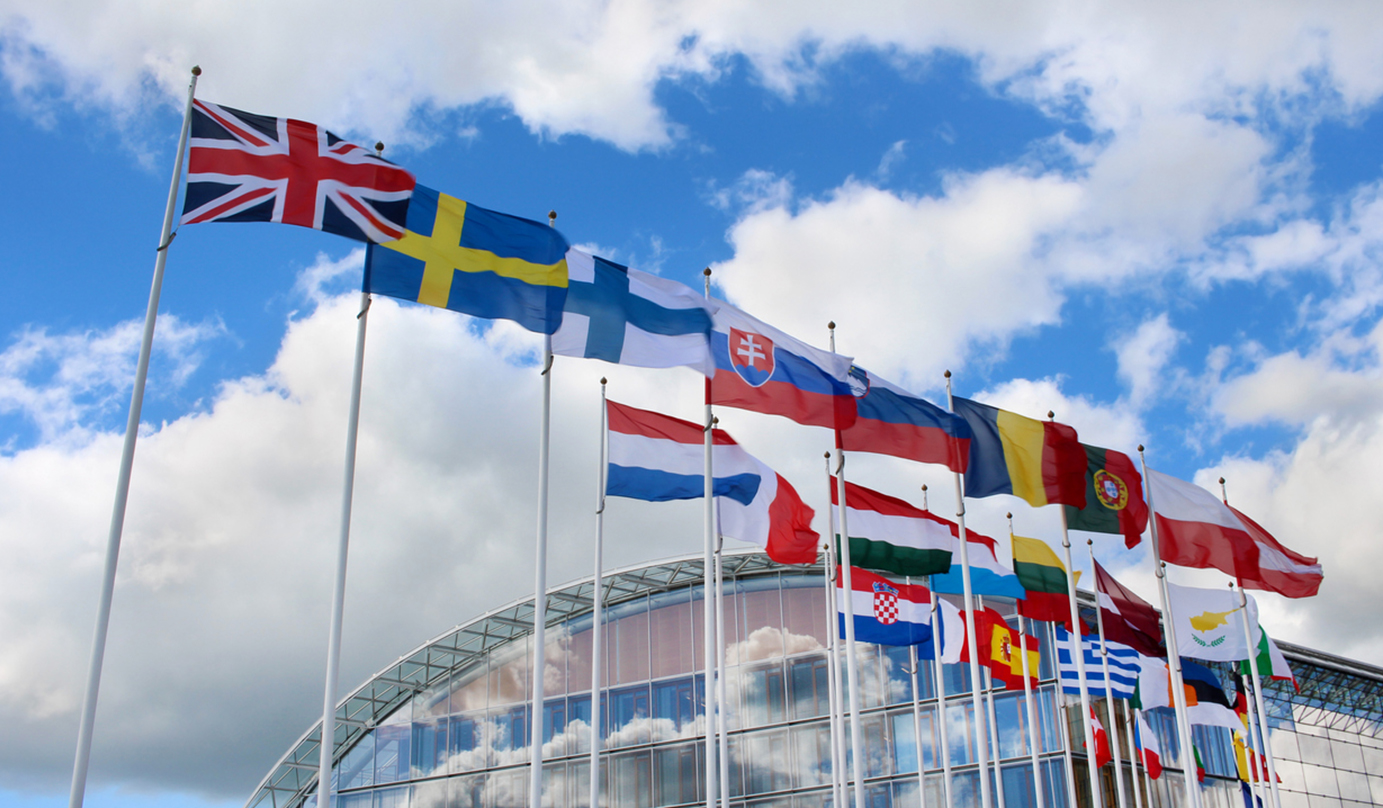
Many of the world's oldest cultures come from the Middle East. It is the location of the earliest human settlements. It is a continent that was shaped by religion.

Early humans left Africa around 1.8 million years ago. They arrived in the Middle East. Until around 10,000 BC, humans were hunter-gatherers. It was at this point that humans began eating and growing grains.

Irrigation was important to early civilizations. They needed to live near water. Many groups settled near rivers and oceans. They built canals to direct water. They moved water to where it was needed.

The Middle East is known as the Cradle of Civilization. In Ancient times, they gave us trade. They made the first writing system. They began studying mathematics.

There were many powerful empires in Ancient times. During this time, the Egyptian civilizations coalesced. They worshiped many deities. The Greeks and Romans also invaded much of the Middle East.

The biggest Empire of its time was the Assyrian Empire. It ruled from the Arabian Peninsula in the south to Cyprus in the east. It was always engaged in warfare. It ruled for many years.

During this time, tribes ruled the deserts. They lived in small groups. They were tied together by kinship.

In the 5th century, the Middle East was split into small states. Two were the Sasanian Empire and the Byzantine Empire. They were at war with each other. They were separated by religion. The Byzantines were Christian. The Sassanians followed a Persian religion. Fighting weakened the two groups. It left space for a new power.

Around the 7th century, Islam swept through the Middle East. Arab armies brought stability to the area. At its largest, the Arab Empire was the first empire to rule the Middle East.

Islam changed the Middle East. It influenced the style. It changed people's daily lives. Scholars taught the public about the five pillars of Islam.

Of course, the Christians did not agree with Islam. This led to the Crusades. Religious groups fought against Arab armies. They were led by the Latin Church. The fighting did not end until 1291. The Crusades ended in victory for the Muslims.

That was not the end of fighting in the Middle East. Ordered by the Great Khan Möngke, the Mongols invaded. But they, too, were defeated.

In 1299, we saw the rise of the Ottoman Empire. It united the entire region. It also held Greece and some other regions. It ruled for around 600 years.

It eventually lost power as Europe expanded. Europe became richer and larger. The Ottoman Empire tried to modernize. But it could not compete with Europe. Europeans continued to take countries from the Ottoman Empire.

The Europeans left the Middle East after World War II. Many states became independent. Now, the region is ruled by monarchies. It became rich due to the discovery of oil in the area.

The Middle East is another region influenced by Europe. Now, some states are allies with the US and European powers. Others remain against Western values.